ITO Thailand Hygiene Blog
-

Transparency and Traceability in Food Business
In the previous blog, we discussed how blockchain technology provides safety (traceability and transparency) in the food business, particularly in the case of a foodborne outbreak. Today's main point of our discussion will be how customers perceive transparency and traceability in the food business.
-
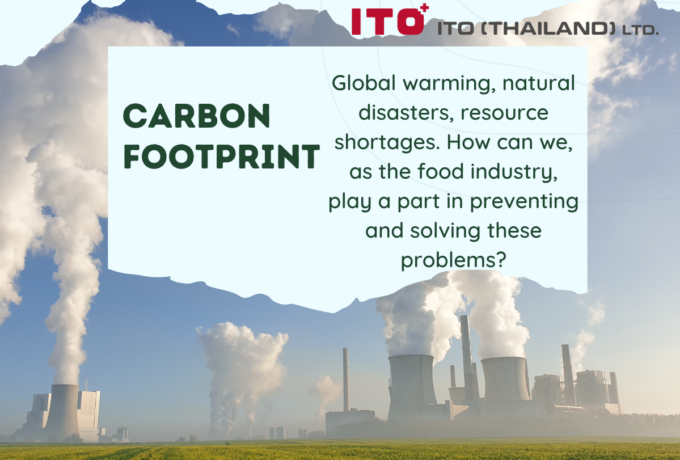
Carbon footprint
Global warming, natural disasters, resource shortages. How can we, as the food industry, play a part in preventing and solving these problems?
-
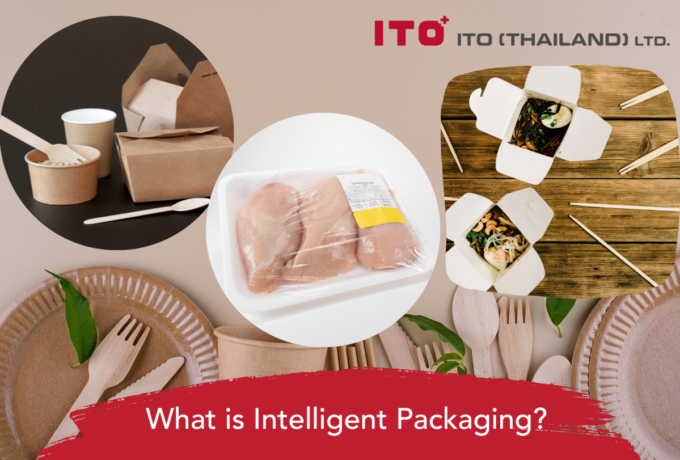
Intelligent Packaging
Without packaging, food products would last for only a short period of time, impossible for logistics management, difficulties in the supply chain system, quick quality deterioration, and prone to contamination to risky foodborne pathogens. In reality, there are many more functions that packaging is contributing to food products, as well as many types of smart packaging. Intelligent packaging is considered to be a part of smart packaging, so in this blog, we will discuss the contribution of intelligent packaging to food products.
-
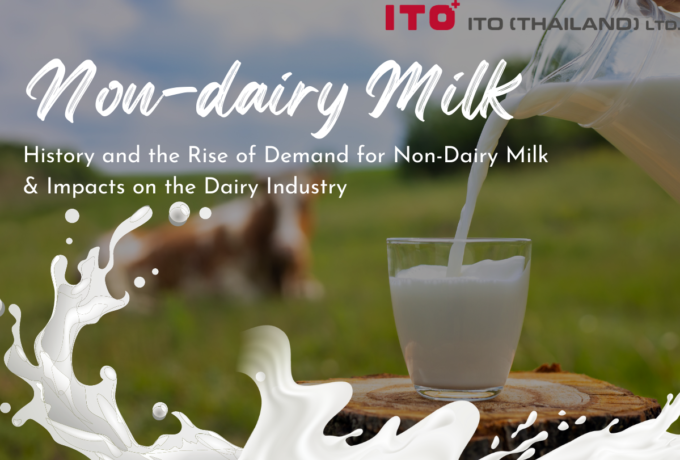
Non-dairy Milk
Milk, cheese, and yoghurt are dairy products which are rich in nutrients, numerous vitamins, and minerals such as proteins, calcium, iodine, vitamin A, D, and much more. Lactose is among these beneficial components, which can be broken down by an enzyme called lactase into simpler sugars, glucose and galactose, however, some people’s bodies are not able to produce lactase as much as normal people, so they cannot tolerate lactose in milk, causing lactose intolerance with symptoms such as abdominal pain or swelling, diarrhoea, or flatulence.
-
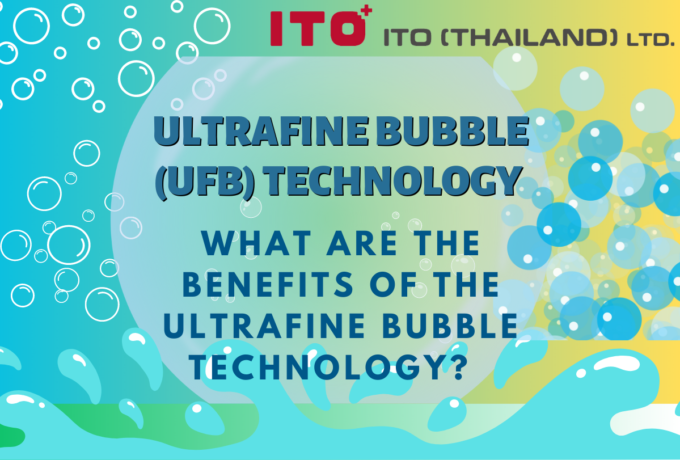
Ultrafine bubble (UFB) technology (Part 2)
The previous content has discussed the benefits of the ultrafine bubble technology in agriculture, livestock, and fisheries, cleaning raw materials and various surfaces. Today, we will continue to learn about the use of the ultrafine bubble technology in food production processes and waste management from the food industry and how to create these tiny gas bubbles.
-
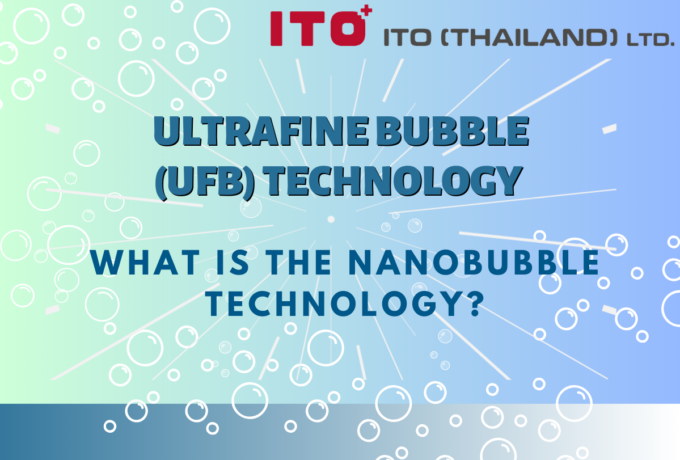
Ultrafine bubble (UFB) technology (Part 1)
Simple bubbles when transformed into the micro-nano level can do more than you think. Let's learn about the technology of these tiny bubbles and their application in the food industry with ITO (Thailand).
-
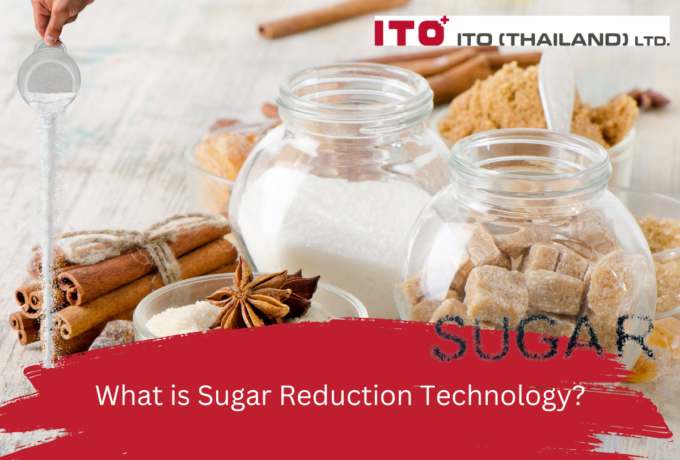
Sugar Reduction Technology
It is undeniable that good food is an important element of a healthy lifestyle. Mindful consumption behaviour has increased, as well as a demand for sugar reduction in food and beverages. A study has found that sugary drinks such as soft drinks, sweetened fruit juice, and energy drinks are responsible for most diet related diseases such as cardiovascular diseases, obesity, and metabolic disturbances. So, food manufacturers are putting their efforts to reduce sugar levels with sugar reduction technologies. Glycemic index and its importance, an introduction to sugar reduction technology, the use of enzyme technology as alternative sweeteners, and Reb M to decrease bitterness in natural sweeteners will be discussed in this blog.
-
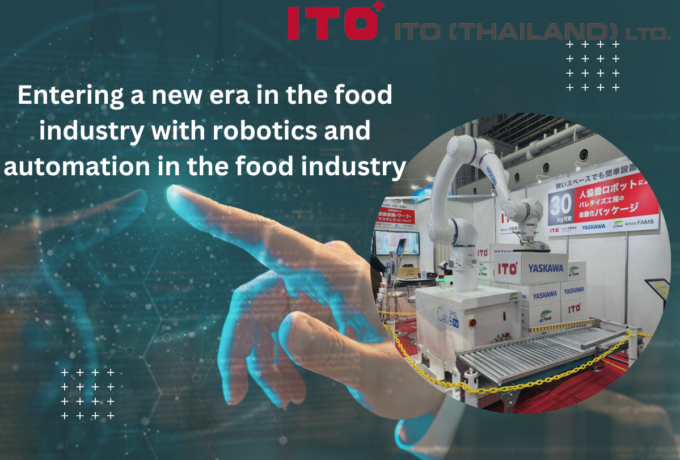
Robots & automation in the food industry
Entering a new era in the food industry with robotics and automation in the food industry
-
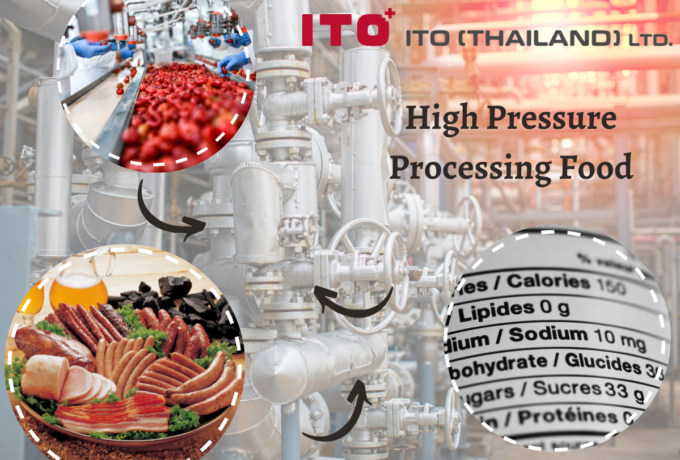
High Pressure Processing
Ultra-processed foods (UPFs) are associated with noncommunicable diseases (NCDs) such as obesity, coronary heart disease, high blood pressure, several forms of cancer, and much more. High-pressure processing (HPP) has been introduced as a novel food processing method, as it could address consumer demand for minimal food processing technologies, chemical free, clean label products, as a healthier food processing method.
-
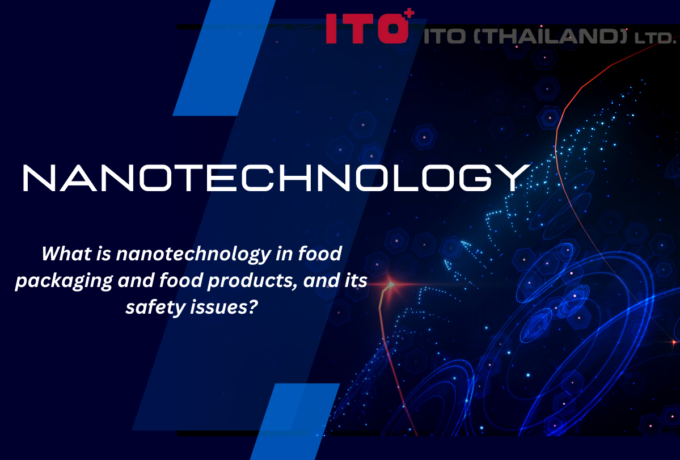
Nanotechnology in the Food Industry
Nanotechnology has been brought to our attention for the last decades, and it has provided various beneficial applications to the food industry. Unlike other technology, nanotechnology has broadened the knowledge in the food industry to another level in a nanoscale dimension. It involves almost every aspect of the food industry, including food packaging, food processing, as well as functional food development and enhancement of food safety. In this blog, we will discuss how nanotechnology is used in food packaging and food products, and the most important part, its safety issues.
-
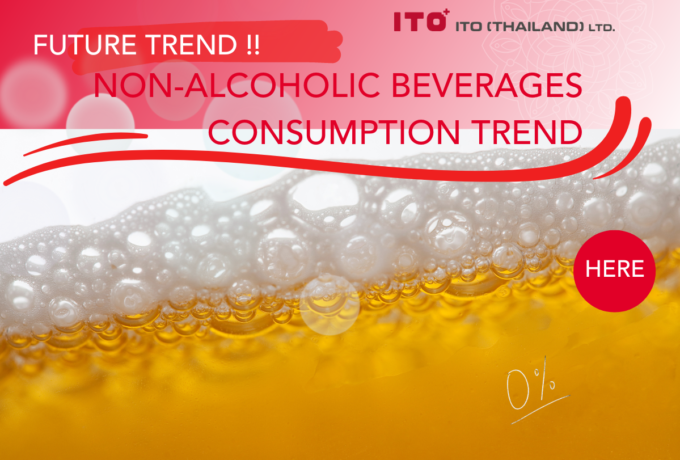
0.0 Alcohol Beer
It is known that excessive consumption of alcoholic beverages is harmful and often leads to short-term health risks such as injuries, violence, alcohol poisoning, or unsafe sexual behaviour. Moreover, the development of chronic diseases such as high blood pressure, cardiovascular disease, cancer, mental health problems, and social problems are also related to the misuse of alcohol. So, young people have changed their drinks preference from beer or wine to low and no-ABV (alcohol by volume) drinks instead over the past years. In this blog, we will discuss non-alcoholic beverages consumption trends, introduction to zero-alcohol beer, its production technology, and future trends.
-
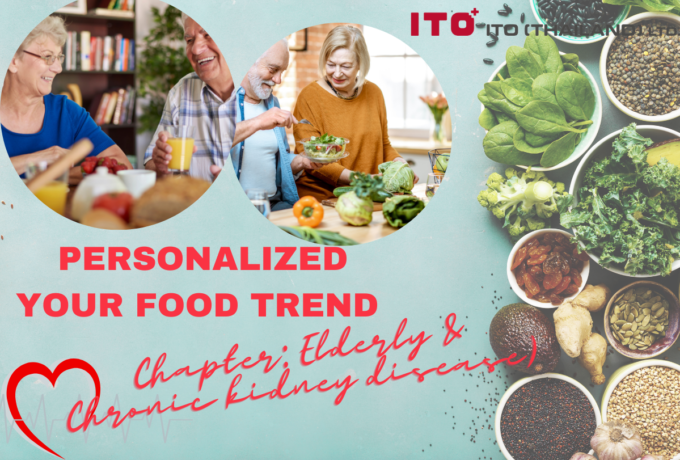
Personalized food trend (chapter: Elderly & Chronic kidney disease)
Keep up with trend changes in the food industry. Production for the masses is becoming obsolete. And what is the personalized food? Let's learn about it here.







